Hey Everyone, welcome back to Colourful Friday.
Moving into the bit more obscure colour schemes over the next couple of weeks that are made up of 6 colours. Half the colour wheel or star. Anymore than this and I think that we can safely say it is a scrappy quilt.
What does hextadic mean?
Hex means 6 such as in hexagon which is a 6 sided polygon where all the sides are of equal length. Hextadic then refers to a colour scheme made up of 6 colours. We can draw a hexagon on the colour wheel thus creating a hextadic colour scheme with colours equal distance apart on the wheel.
How many hextradic combinations are there on the wheel or star?
Seeing how there are only 12 colours on the wheel the number of combinations is limited to 2. The first combination is made up of all the primary and secondary colours. These 6 colours are evenly spaced around the wheel.
Fabric example of this scheme.
The tertiary colours make up the second combination of the hexagon shaped hextadic colour scheme. The tertiary colours are also spaced evenly on the wheel between the primary and secondary colours.
Fabric example of this scheme.
Another interesting fact about the hextadic colour scheme is that three pairs of complementary colours make up the six colours in each of the above combinations.
Making a quilt with either of these combinations would certainly be a challenge. The key would be to use just the right combination of all the colours. Picking one colour as the focus point may be useful when designing and building the piece. Using light, medium and dark values of each of these colours would be of utmost importance to create eye pleasing contrast within the quilt.
Anyone up to the challenge?
Happy Quilting!
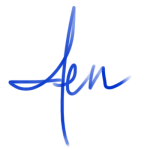
I contributed this post to the Design Wall Weekend party at Fiber Artist Journey and The Free Motion Quilt Project:
![]()
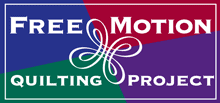

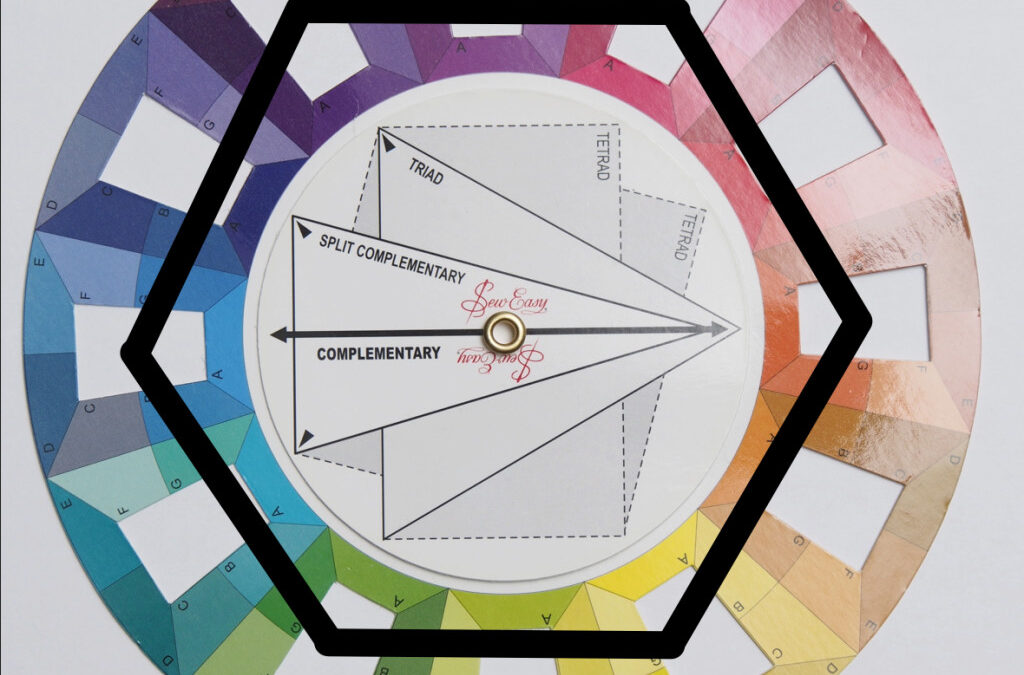
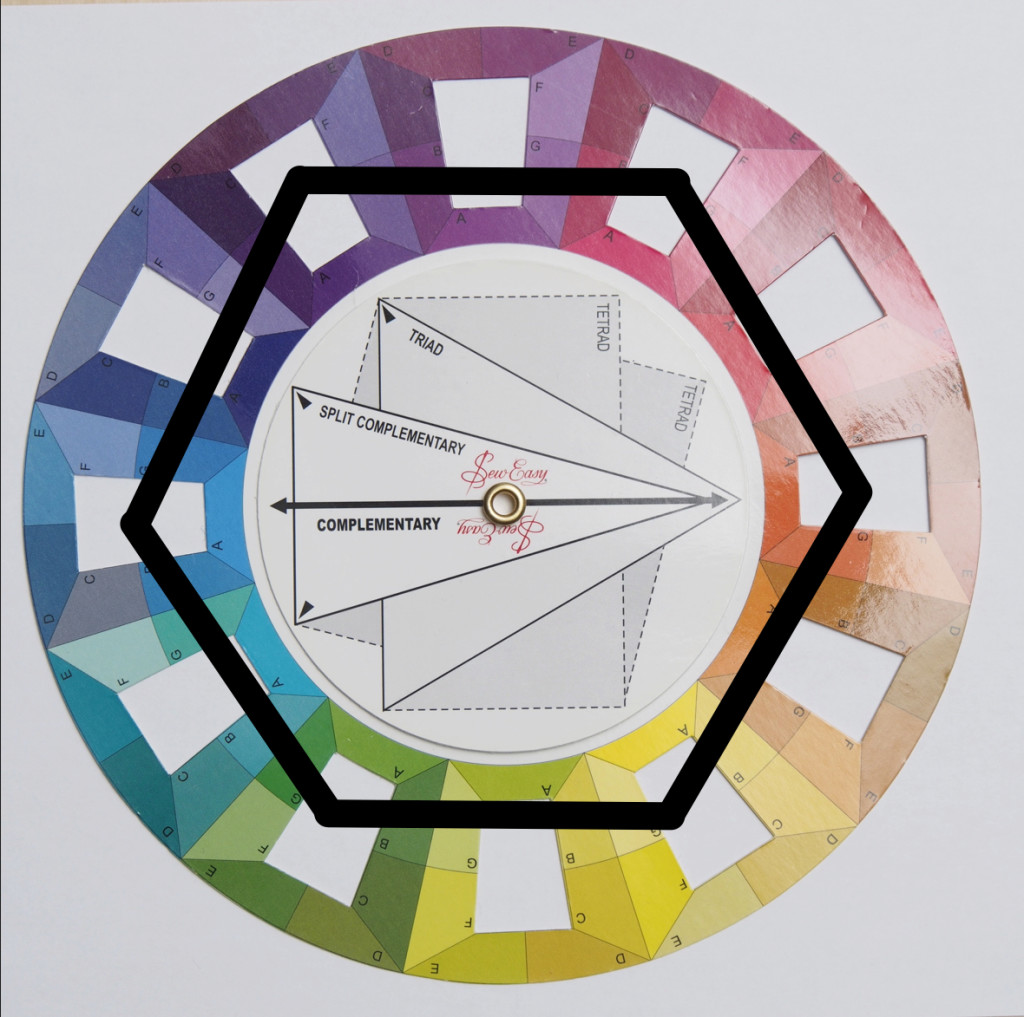
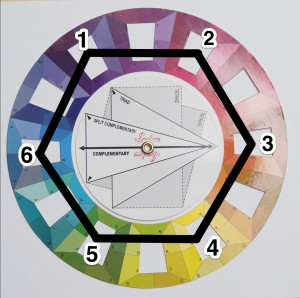

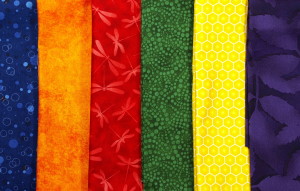
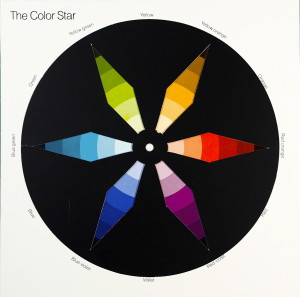
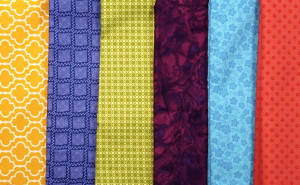
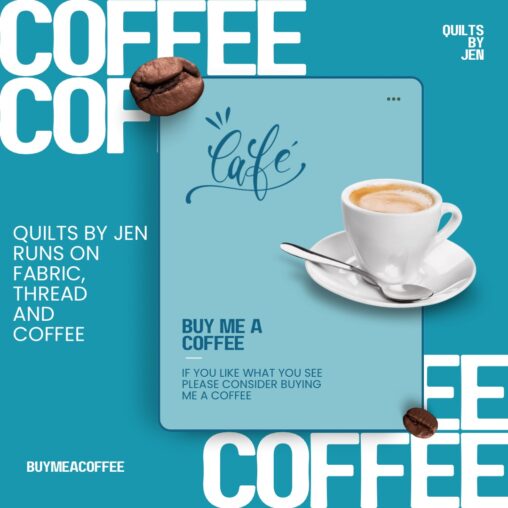
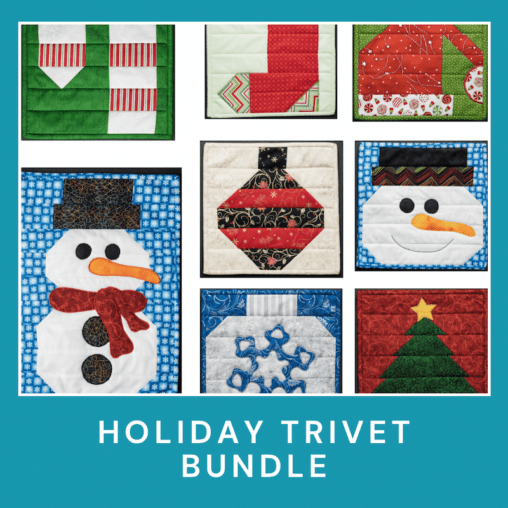
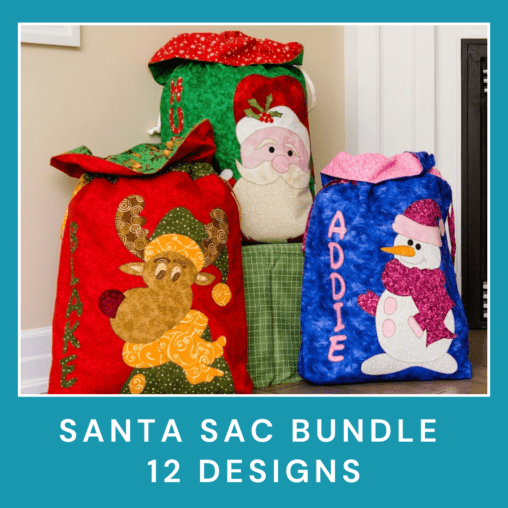
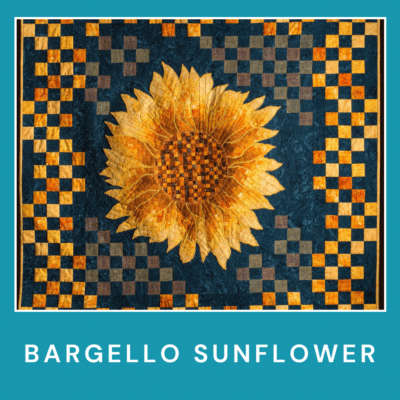

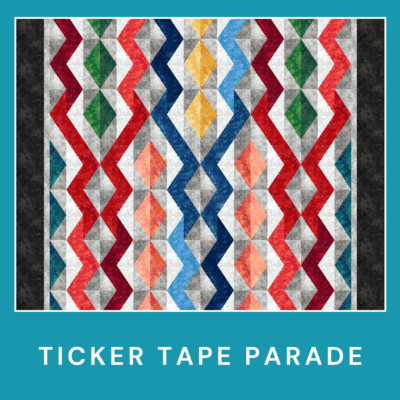

Thank you so much for this excellent explanation. I’d never heard of this scheme, and it’s so interesting to contemplate the possibilities. I’m off to check out your other color posts!
Your Welcome Diane, enjoy the rest of the posts
Color theory is one of my favorite topics. I’m always thinking about it, but haven’t applied it this was before. Nice explanation, thank you.
suedrescreations.blogspot.com
Thanks Susan! I write about colour every Friday so please stop in again.
Very cool! I certainly intended to be back and see what you’re up to!
This is really interesting. Thank you for sharing 🙂